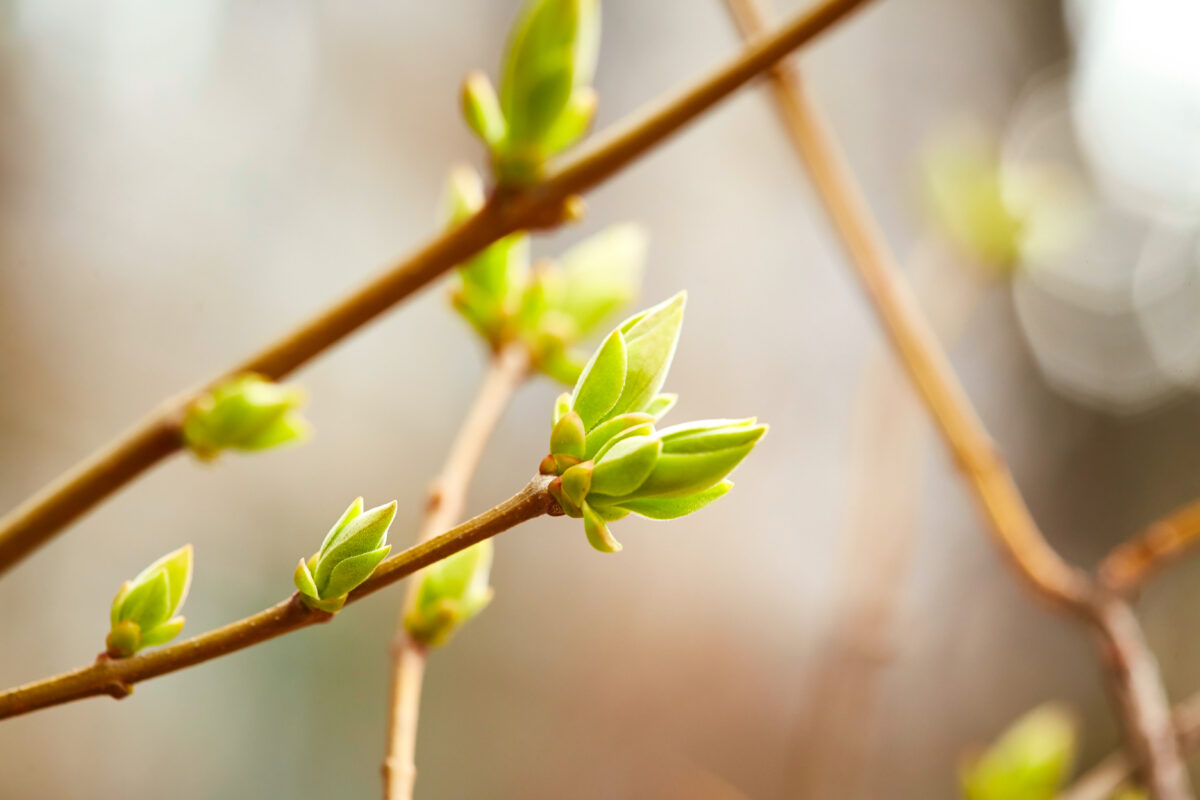Blog, Home Tree Care, Plant Health Care
What Is A Phenology Calendar?
Phenology is the study of how climate and habitat factors influence periodic events in biological life cycles. For example, some insects and nematodes need a certain amount of heat to move from one life stage into another.
 A phenology calendar, or model, predicts the time of events in an organism’s development, such as:
A phenology calendar, or model, predicts the time of events in an organism’s development, such as:
- The emergence of leaves and flowers
- The appearance of migratory birds
- The breeding and emergence times of pests
Now that that’s all said and done, what would we even use a phenology calendar for?
Usage In Managing Invasive Species And Pests
One use of a phenology calendar is to manage invasive species and pests like emerald ash borer. Pest control schedules are the best way to nip pests in the bud before they become a problem. This is why we always stress getting your trees inspected and treated before or when you notice an infestation.
Help Understand The Best Time To Plant Trees And Other Plants
Not sure when to plant, fertilize, or harvest plants like trees, flowers, and vegetables? A phenology calendar can help landscapers and farmers optimize the best times to plant. You may have heard sayings like, “When dogwoods are in full bloom, it’s time to plant corn.” There is some precedent for that, as dogwoods in Missouri bloom from mid-April to mid-May, and corn is traditionally planted 2 or 3 weeks after the last frost in spring.
By tracking phenological indicators, our Plant Health Care Specialists can forecast when to scout for pests and when to schedule proper treatment times.
Assess The Vulnerability Of Species
No one wants to see beloved species like trees and animals become endangered and extinct—especially native species that benefit our local environment. Phenology can help by looking at how changing climates and weather events affect local plant and animal populations. According to the Missouri Botanical Garden:
“Plant phenology and pollination are also altered by climate change. The former Director of the Missouri Botanical Garden, Dr. Edgar Anderson, took weekly walks around the Garden and the Shaw Nature Reserve in the 1950s, noting when plant species were in flush, flower and fruit (called phenology). These data were recollected in the 1970-90s and now again recently. With climate change, leaf flush, flowering and fruiting are becoming earlier, while leaf fall is later. Plant pollination is also being affected by these changes linked to climate change.”
Climate changes can entail longer growing seasons, earlier breeding times for pests, and a shift in plant species’ population density and composition.
